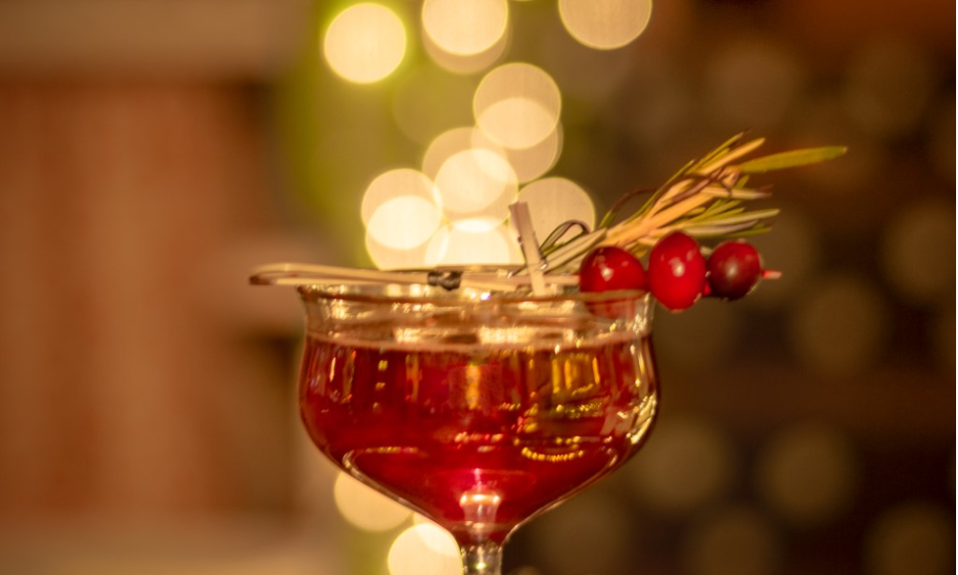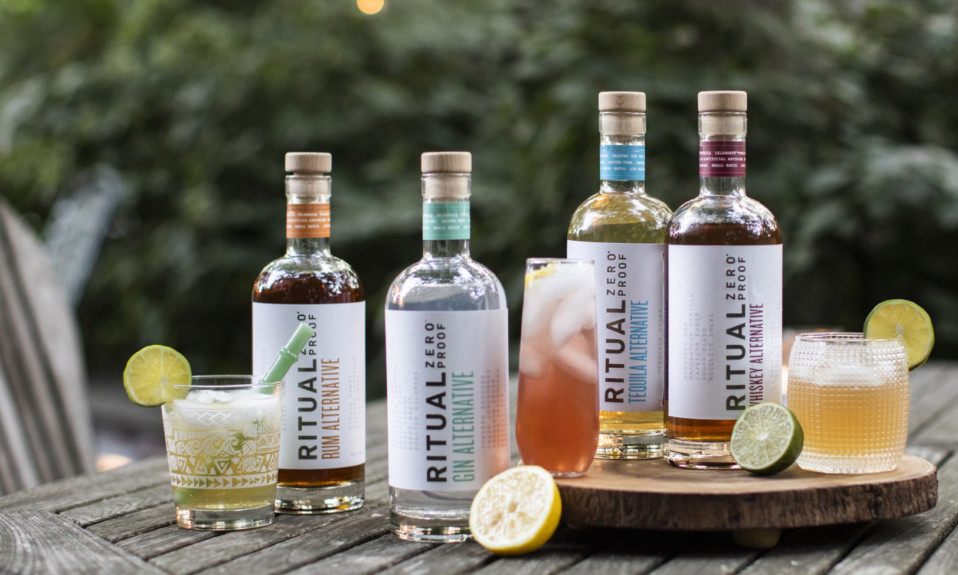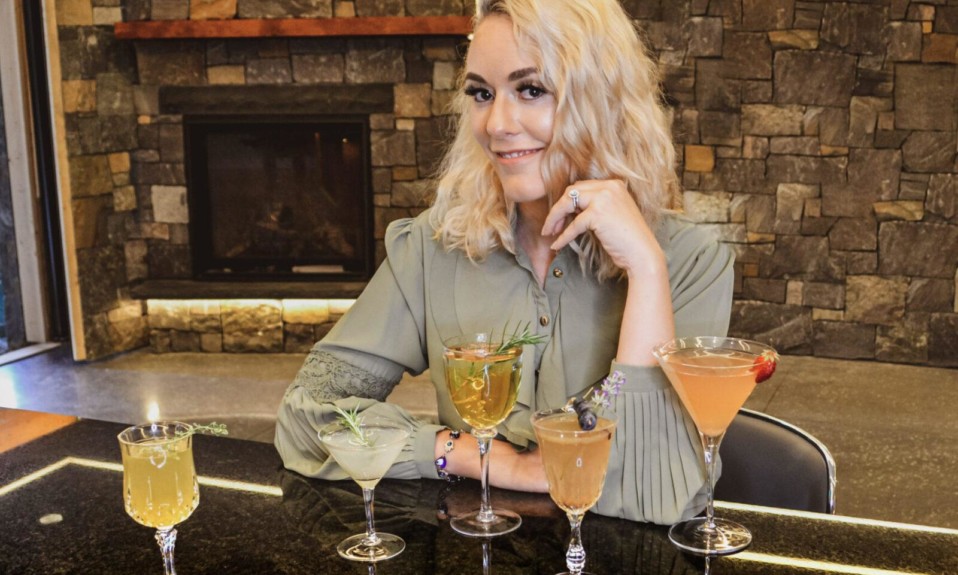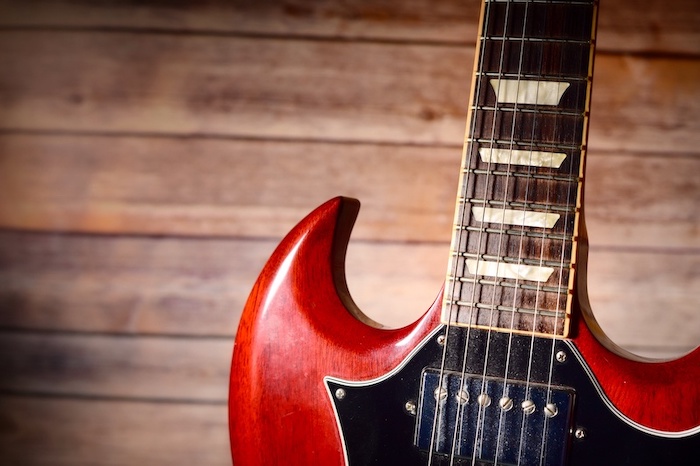In bars, at parties or at home, alcohol-free drink choices offer an ideal, equitable environment for the season’s celebrations
By Jennifer Taylor
This holiday season, revelry is easing its way back onto the menu—and so are choices for people from all walks of life looking to pair festivities with sobriety. Johanna and Steve Corman of Portland, Maine, anticipated such opportunities when they conceived of a gathering place offering mixed drink options without alcohol that didn’t cast judgment on spirit-free consumers.
In 2013 the husband-and-wife team went all-in on the idea. After experiencing a job loss and their own economic downturn, the couple—with no experience making mixed drinks—took a chance and launched a bar that celebrated their love of old-fashioned, pure ingredients and bubbly, but that leaned into health-conscious, alchohol-free alternatives.
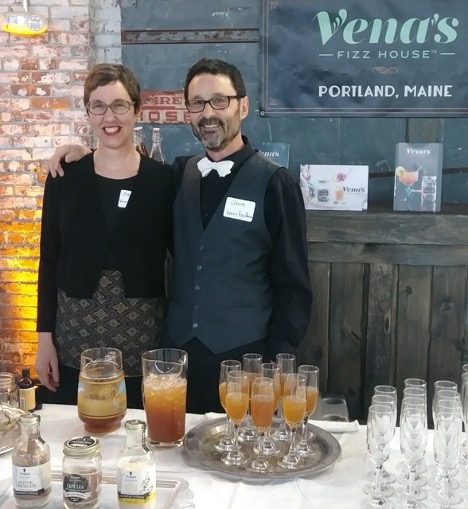
Opening a bar in and of itself is risky; starting one based on such a novel approach was even more so. But with a tip of the hat to Johanna’s great-grandmother Irvina—a pioneer of the Maine temperance movement in the 1920s—the couple doubled down on the chance and created Vena’s Fizz House, one of the few bars in the country at the time that was serving up hand-crafted mixed drinks sans alcohol.
This would be no soda fountain. “I wasn’t going to have ice cream,” Johanna says. Instead, it was driven by her nostalgic yearning for flavors from the past that were served up by real bartenders. “Things like fresh herbs and spices, berries, you know, all muddled up.”
Since then, the mixed-drink world has pivoted in a big way. Researchers have taken note, too, discovering that when consumers are offered choices, mocktails can be as desirable as cocktails.
One recent study in the U.K. found that when participants were presented with eight drink options, 48% were more likely to choose a non-alcoholic drink when the proportion of such options increased from four (50%) to six (75%). When the proportion of non-alcoholic drink options decreased from four to two (25%), participants were 46% less likely to choose a non-alcoholic drink. The takeaway is simple for establishments serving cocktails: Offer an equal proportion of mixed drinks without alcohol, and nearly half the customers will choose the alcohol-free option.
We discovered an untapped niche. People who didn’t drink were so happy to have a place to come to.”
—Johanna Corman, Vena’s Fizz House
It didn’t take a scientific study for the Cormans to figure this out. Their own sober-curious interests drew a similarly curious crowd to their establishment.
“We discovered an untapped niche,” Johanna says. “People who didn’t drink were so happy to have a place to come to.”
But there were also customers who were puzzled and pushed back—so much so that over the first two years in business the Cormans would regularly find empty liquor nip bottles in the trash. “People were bringing it in anyway,” Johanna says. That’s when the couple made the diplomatic decision to split their drink menu down the middle. The same drinks could be made with or without alcohol.
“People had the choice,” Johanna says. “There was no judgment.”
The Focus on Celebration
Such parity was a central idea for Jesse Hawkins, founder of the Louisville-based nonprofit The Mocktail Project and advocate for the alcohol-free community. Hawkins, who made the personal choice to stop drinking about seven years ago when he was 25, was driven to create a safer, more inclusive drinking culture through events, music festivals and the promotion of alcohol-free drink recipes and brands.
“The idea was about creating spaces where both cocktails and mocktails could coexist,” he says.
For Hawkins, the alcohol-soaked American culture at the time seemed inescapable. “I never thought that I could walk back into a bar or restaurant,” he says. “Being from Kentucky, the bourbon capital of the world, every celebration, every wedding—everything was always cocktail forward.”
But with the launch of The Mocktail Project in 2017, the focus was on the celebration. Hawkins believed there had to be other ways to socialize that welcomed everyone around the table. He notes that the huge growth in non-alcohol spirits and campaigns such as Dry January and Sober October, with the help of social media, have paved the way for normalizing alcohol-free imbibing.
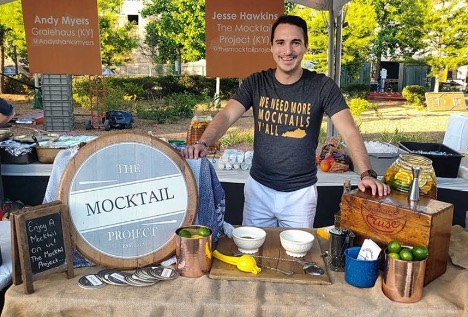
“We do choose not to drink,” Hawkins says. “It shouldn’t matter what’s in our hand, whether it’s alcohol or not. Truly, it should be about the gathering. It should be about the celebration. It should be about being intentional with your friends or colleagues.”
Anna Blackwell, PhD, corresponding author of the U.K. study, said that making non-alcohol drink choices more visible may sway consumers toward healthier choices. “The market for alcohol-free beer, wine and spirit alternatives is small but growing, and improving the selection and promotion of non-alcoholic drinks in this way could provide an opportunity for licensed venues to reduce alcohol consumption without losing revenue,” she noted in a release in conjunction with the report.
Human nature is that no one really cares what’s in your hands—as long as you have something in your hands.”
—Jesse Hawkins, The Mocktail Project
Back in Portland, Johanna says holiday drinks are treated the same as their year-round menu—patrons can have them the way they want them, with or without alcohol. And this year in particular, she’s noticed that people just want to be with people. Alcohol-serving bars are reaching out asking how they, too, can create a mocktail program. “We’ve definitely seen a big uptick of more people asking us how they can make their holiday gathering into an alcohol and non-alcohol event,” she says.
With the holidays upon us and the uncertainty of the pandemic swirling, Hawkins notes how difficult the past year has been on everyone, especially those like himself in recovery. He believes alcohol-free options play a pivotal role during the holidays and for anyone choosing an alcohol-free lifestyle in the New Year. He suggests showing up to parties and family functions with a six-pack of N/A beer as one way to be proactive in social environments.
“Human nature is that no one really cares what’s in your hands—as long as you have something in your hand,” he says. “And when they see something that’s in your hand, they don’t think about offering you something else. They just see that you’re consumed with what you’re having in your hand.”
Vena’s Fizz House is currently operating online with plans to open a new brick-and-mortar location in 2022. Offerings for beverage enthusiasts to “dabble in the art of mixed drinks” (with or without spirits) include bitters, syrups, shakers, muddlers, vintage glassware, coasters, and more.
Recipes from Vena’s Fizz House
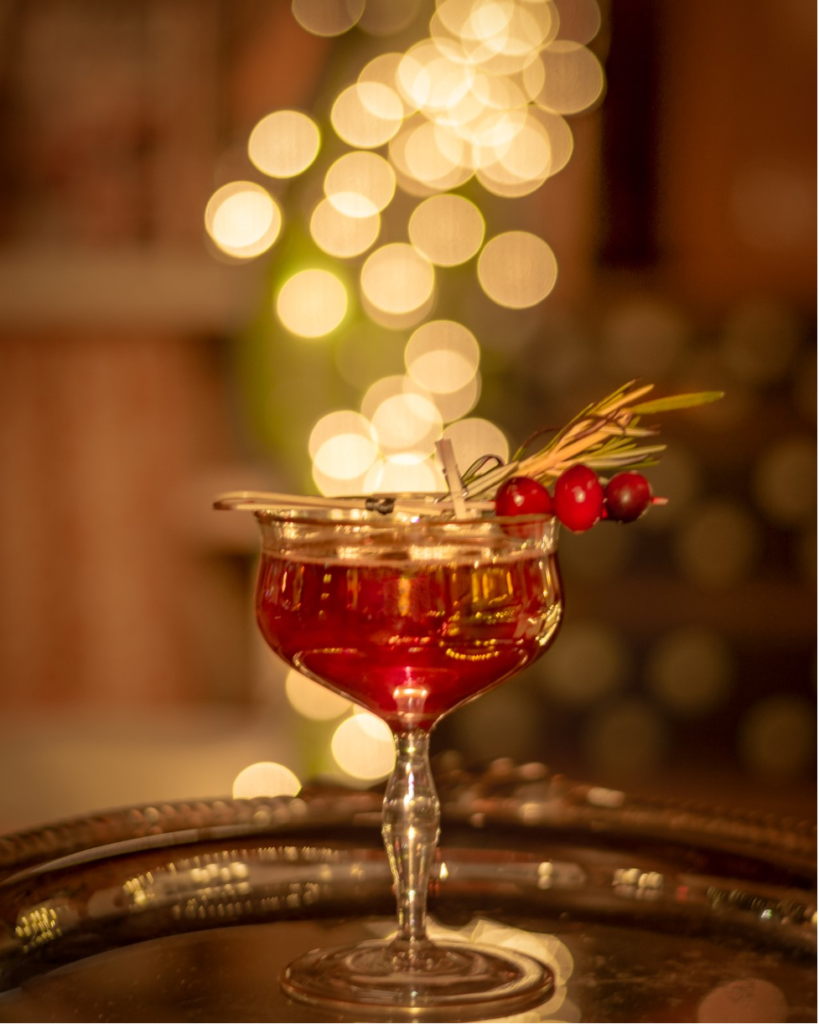
YULETIDE-TINI
Shake with ice and strain into a chilled coupe:
- 3 oz cherry juice
- .5 oz agave nectar
- .75 oz squeezed lime juice
- 3 dashes Dram Wild Sage Bitters
Garnish with cranberries
Add a spritz of seltzer
Featured ingredients from Vena’s Fizz House
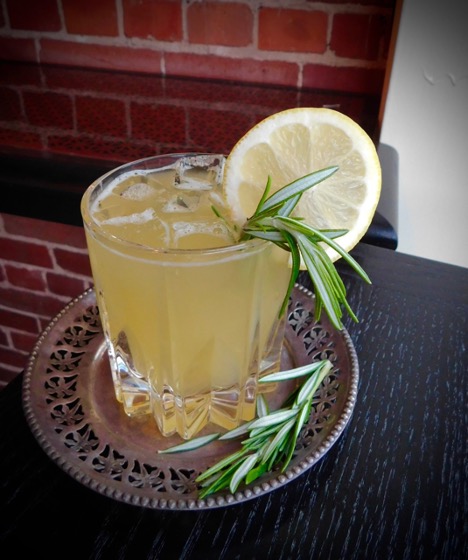
HOLIDAY PINE & TONIC
Build in a lowball glass:
- .75 oz Vena’s Pine Syrup
- .75 oz squeezed lemon juice
- .25 oz tonic syrup
- 4 dashes Dram Black Bitters
Fill with ice and top with seltzer
Garnish with rosemary sprig and lemon wedge
Featured ingredients from Vena’s Fizz House
Recipes from The Mocktail Project

PLUM SPICE
- 2 oz Seedlip Spiced 94
- .5 oz Jack Rudy Demerara Syrup
- Add ice to shaker
- 4 hard dashes of Fee Brothers Plum Bitters in shaker
- Strain into rocks glass and add 8 dashes of Jack Rudy Aromatic Bitters.
Garnish with a lime peel.
Featured Ingredients from Jack Rudy Cocktail Co.; Seedlip; Fee Brothers Bitters.
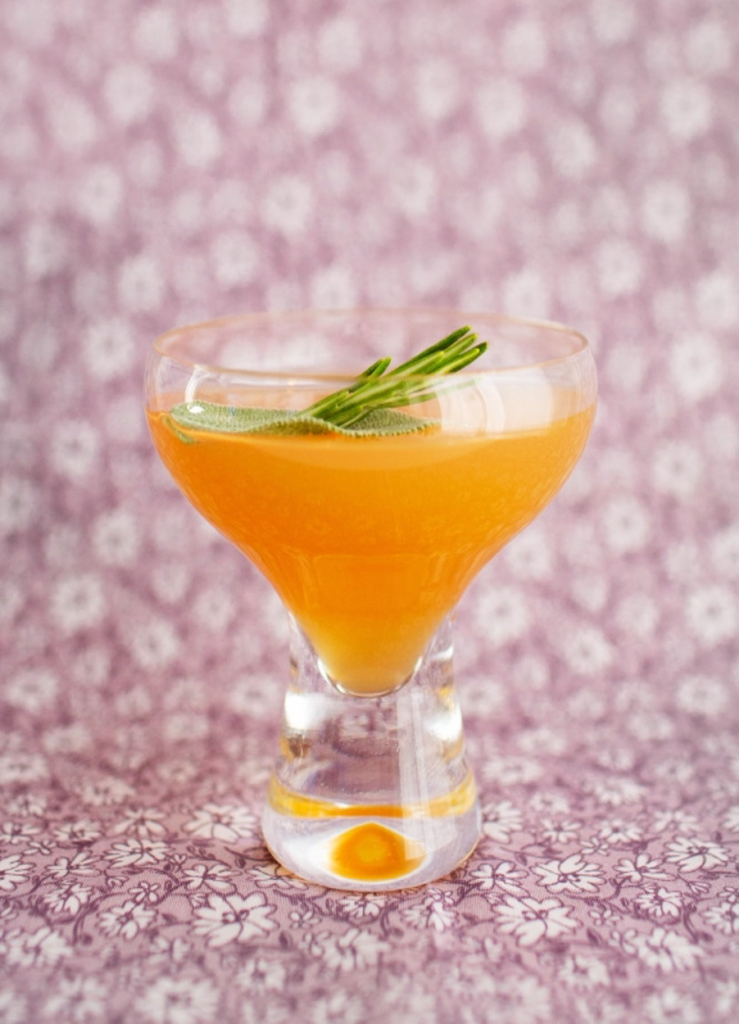
SPICE THYME
- 1 oz Portland Syrup Vanilla Spice Rooibos Syrup
- 1 oz fresh lemon Juice
- 4 oz Jack Rudy Tonic Water
Garnish with sage and rosemary float.
Featured ingredients: Jack Rudy Cocktail Co.; Portland Syrups


